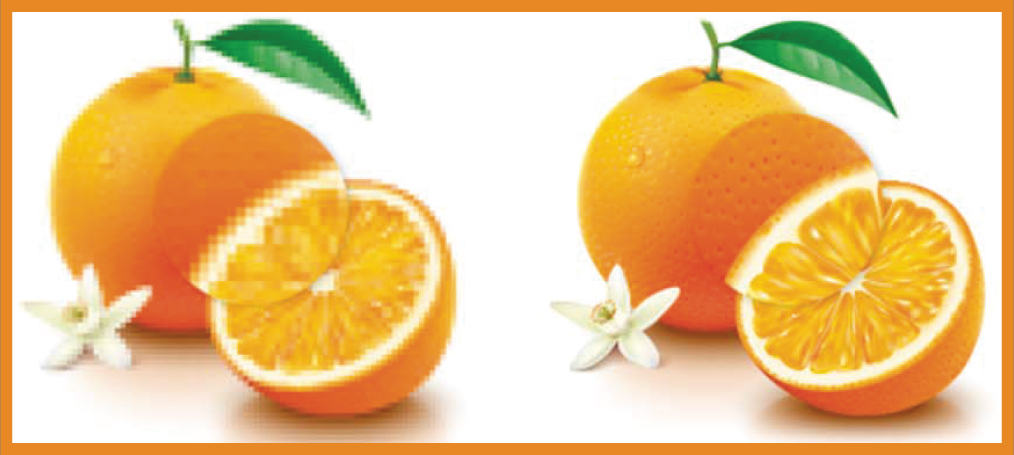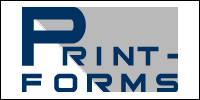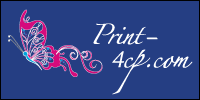Acceptable Artwork
Understanding Raster Vs. Vector Art
Understanding the differences in design files can determine the overall quality of your printed product.
Frequently Asked Questions
- The most common types of vector graphics? Fonts and logos.
- The designer’s preferred program for creating and editing vector files? Adobe Illustrator.
- Popular vector file format extensions include: eps, ai and pdf.
Understanding the differences in design files can determine the overall quality of your printed product.
A raster graphicIs an image made of hundreds (or thousands or millions) of tiny squares of color information, referred to as either pixels or dots. (Technically pixels refer to color blocks viewed on an electronic monitor where as dots refer to the ink dots on a printed piece. But even professional designers often use these two terms interchangeably.)
- The most common type of raster graphic? A photograph.
- The designer’s preferred program for creating and editing raster files? You guessed it: Adobe Photoshop.
- Popular raster file format extensions include: jpg/jpeg, psd, png, tiff, bmp and gif.
A vector graphic
Uses math to draw shapes using points, lines, and curves. So whereas a raster image of a 1†x 1†square at 300 dpi will have 300 individuals pieces of information, a vector image will only contain four points, one for each corner; the computer will use math to “connect the dots†and fill in all of the missing information.
Pros of Vector Images
Infinitely Scalable:Through the wonders of math, vector files can be scaled up or down as much as you want without losing any image quality. Whereas a raster image must guess the colors of missing pixels when sizing up, a vector image simply uses the original mathematic equation to create a consistent shape every time.
Smaller File Size:Using our previous 1†x 1†square example, a vector file needs only four points of data to recreate a square versus 300 individual pixels for a raster image. For simple graphics, like geometric shapes or typography, this means a much smaller file size and faster processing speed.
Edibility:Unlike popular raster-based formats, such as a jpg or png, vector files are not “flattened.†When you open them back up in a program such as Adobe Illustrator, all of the original shapes exist separately on different layers; this means you can modify individual elements without effecting other objects in the image.




